

CLICK ON ALL PLOTS TO EXPAND!
Falmouth 2017 -
A bit about Falmouth
The Fal estuary, or “Carrick Roads”, is located on the south coast of Cornwall. Having a length of 18km, the estuary is important for a range of activities including trade, tourism and conservation (www.projects.exeter.ac.uk). Mining used to be the key industry in the area, though more recently tourism has become an influential component.
Welcome
This website presents the summarised work of Group 6 from the 2017 Falmouth field
course, which focused on the collection of biological, chemical and physical data
from the Fal Estuary and Offshore locations from 4-
The data from this field course forms the most recent entry to the University of Southampton data set which spans over ten years, collected by Oceanography and Marine Biology students from the university.
Once a river valley, the site was flooded during the last glaciation. The resultant ria is around a mile wide, can reach depths of 34m, and covers an area of 2500km², making it the third largest natural harbour in the world (www.cornwalls.co.uk). Being dominated by marine areas, estuaries, mud/sand flats and lagoons, the Fal estuary hosts a diverse range of life and has thus been designated a Special Area of Conservation (SAC) as well as a Site of Specific Scientific Interest (SSSI) (www.jncc.defra.gov.uk). The mudflats have a large surface area and are crucial for the feeding of wading birds while also providing a habitat for burrowing molluscs, annelids and crustaceans.
Conservation is important in this area due to mining activities that have taken place over the last few centuries. The consequent release of heavy metals has caused increases of copper, zinc and arsenic in local organisms (Bryan and Gibbs, 1983). A key example is the Wheal Jane tin mine. It became filled with water which was eventually released into the Fal estuary via rivers (Somerfield et al., 1994).
Extensive maerl beds (of Phymatolithon calcareum and Lithothamnion corallioides)
are one of the habitats that need protecting, acting as refuge or nurseries for many
commercial fishes (Roston, 1987). Other protected organisms are the sea cucumber
Leptopentacta elongate; dwarf eels, grass beds of Zostera noltei; and the Fal oyster
Ostrea edulis (www.cornwall-
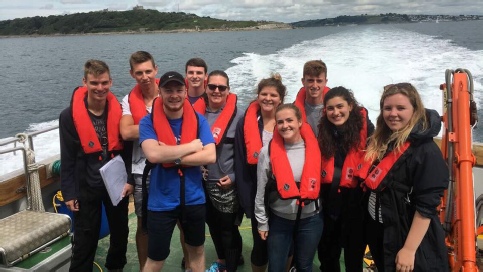
Meet the Team
Carolina Freitas
MSci Oceanography
Katarzyna Kabulska
BSc Oceanography
Jaz Harker
BSc Marine Biology with Oceanography
Sally-
BSc Oceanography
Harley Morris
BSc Marine Biology with Oceanography
Iain Wheel
BSc Marine Biology with Oceanography
Jonny Brewster
BSc Marine Biology with Oceanography
Tom Ellis
BSc Oceanography
Rowan Cox
MSci Marine Biology
Danielle Row
MSci Oceanography
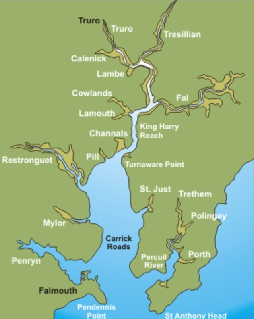
Figure 1: General Map of Falmouth https://projects.exeter.ac. uk/geomincentre/estuary /images/creeks.jpg
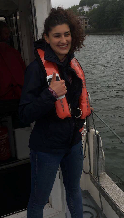
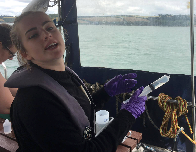
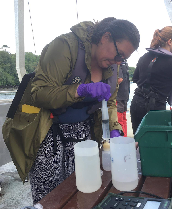
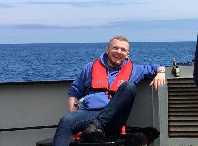
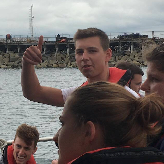
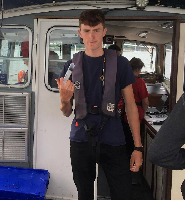
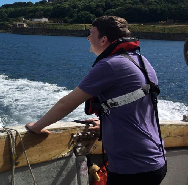
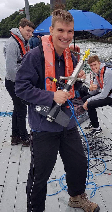
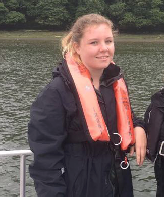
Disclaimer
The views and opinions expressed on this website are of the individuals and not necessarily of the University.


| Biology |
| Chemistry |
| Physics |
| Biology |
| Chemistry |
| Physics |
| Pontoon |
| Vessels |
| Equipment |